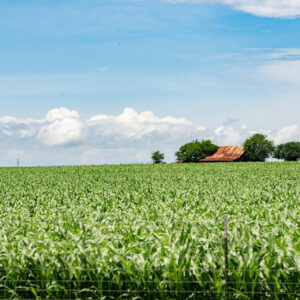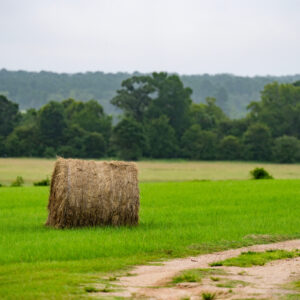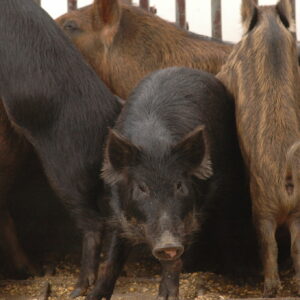T.A. Murphree, P.A. Dotray, J.W. Keeling, T.A. Baughman, and W.J. Grichar, Texas Tech University and Texas Agricultural Experiment Station, Lubbock; Texas Cooperative Extension Service, Vernon and Texas Agricultural Experiment Station, Yoakum, TX.
ABSTRACT
Diclosulam and flumioxazin are new peanut herbicides registered since 2000. They have good activity on broadleaf weeds and nutsedge. During the 2000 growing season, it was reported that diclosulam caused stunting, stand loss and chlorosis to the peanut canopy when applied preplant incorporated (PPI) and preemergence (PRE). Therefore a supplemental label was issued in 2001 for Texas, Oklahoma, and New Mexico, which restricted applications to soils with a pH of 7.2 or greater. Flumioxazin was registered in 2001. During its first year, injury was reported in Oklahoma, Georgia, North Carolina and West Texas. Therefore, a peanut variety trial was conducted in Gaines County in 2001 and 2002 to observe peanut varietal tolerance to diclosulam and flumioxazin. In addition, diclosulam application timing was also investigated. Four high oleic peanut varieties: Flavor Runner 458, Sunoleic 97R, Tamrun OL/01, Georgia Hi O/L and one conventional variety, Tamrun 96, were used in this study.
The design of this study was a split-plot design with three replications. Plot size was 7 by 30 ft. Diclosulam was applied PRE and postemergence (POST) at 0.016 and 0.024 lb ai/A. Flumioxazin was applied PRE at 0.063 and 0.094 lb ai/A. Peanuts were planted and PRE treatments were applied May 15, 2001 and April 30, 2002. POST treatments were applied June 12, 2001 and May 28, 2002. All treatments were applied using a CO2 backpack sprayer calibrated to deliver 10 GPA. Evaluations were made early, mid, and late season both years. Peanut grades and yields were determined at the end of the season.
In 2001, diclosulam applied PRE at 0.024 lb ai/A injured peanut 15 to 40% in all varieties except Tamrun 96, 14 DAP. At 42 DAP, diclosulam PRE injured Flv Runner 458 and the Sunoleic 97R 20-25% while injury to Georgia Hi O/L at 0.024 lb ai/A was 35 to 45%. At 118 DAP, all injury decreased to < 5% and yield was not affected by diclosulam PRE. Less than 5% peanut injury was observed in all varieties from flumioxazin applied PRE at 14 DAP. No injury was observed at 42 and 118 DAP and yield was not affected by any flumioxazin treatment. At 14 DAP, diclosulam applied POST at both rates injured peanut < 5% in all varieties and no injury was observed 90 DAP. Yield was not affected by diclosulam POST.
In 2002, diclosulam applied PRE at 0.016 and 0.024 lb ai/A injured peanut less than 8% in all varieties early season. At 42 DAP, diclosulam PRE at 0.016 lb ai/A injured peanut 10 to 17% in all varieties except Tamrun 96. At 42 DAP, diclosulam PRE at 0.024 lb ai/A injured all varieties 13 to 25%. No late season injury was observed in any variety from any diclosulam treatment. No injury was reported throughout the season from any flumioxazin or diclosulam POST application. Yield was not affected by any treatment of diclosulam or flumioxazin.
These studies suggest that differential peanut tolerance exists for diclosulam soil applied, but no adverse affects on yield were observed.





